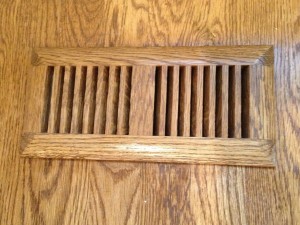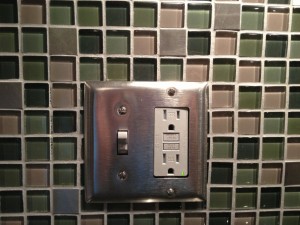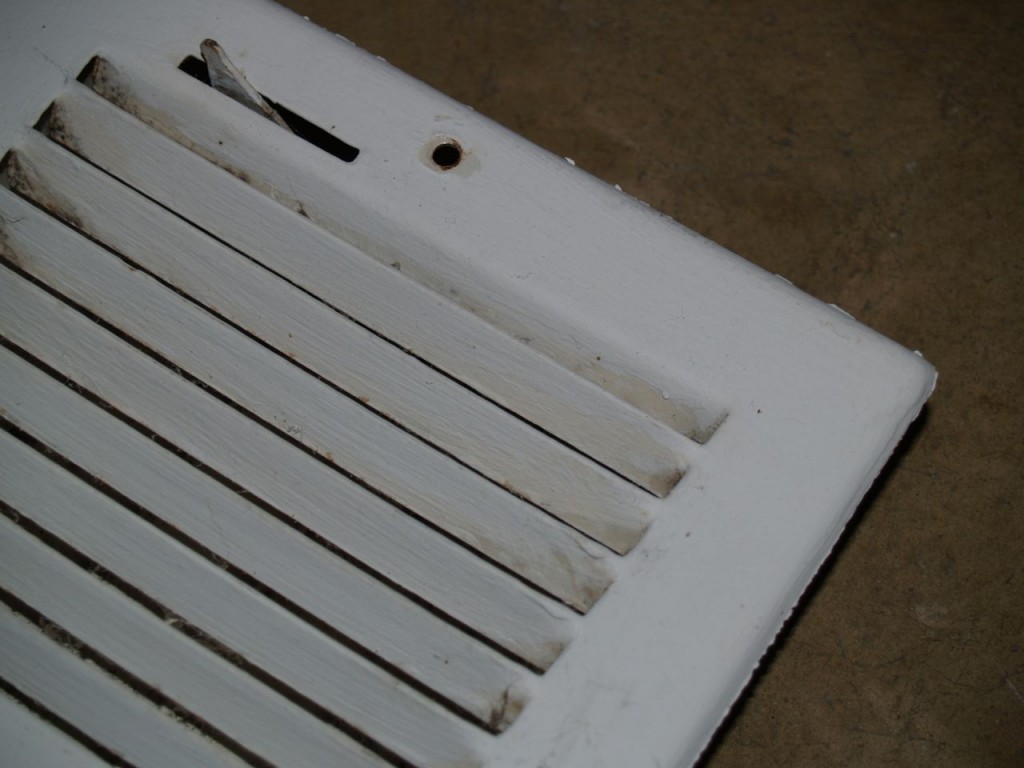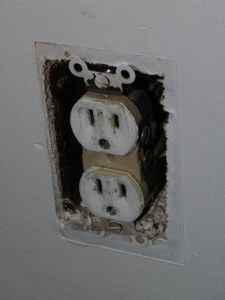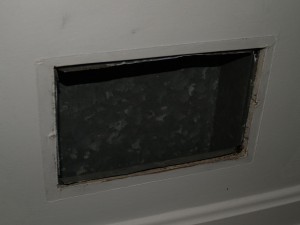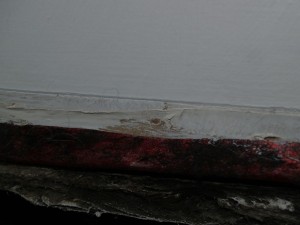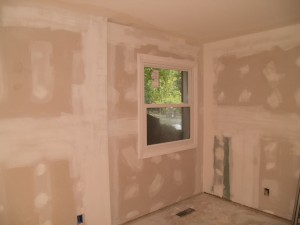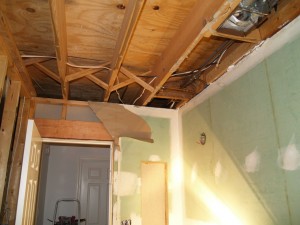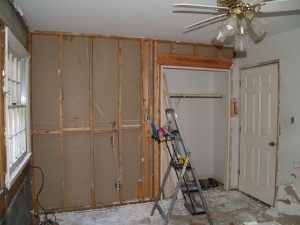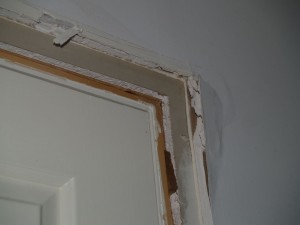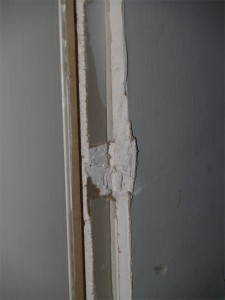Geeky Girl Engineer’s Home DIY Tips for Morons
All houses have numerous cover plates for wall openings such as electrical outlets, light switches, and vents. The cover plates can be fancy or plain and come in various materials. Vent covers are normally metal, but specialty ones come in different materials. For two floor vent openings in my family room, I bought unstained white oak covers that I then had stained and sealed to match the hardwood floors in that room.
Light switch and electrical outlet covers are normally plastic but can also be various materials and colors. In my kitchen, I used stainless steel light switch and outlet covers to match the stainless steel tiles in the backsplash and the stainless steel appliances.
Thus, you don’t have to use the standard type covers. You can buy fancier ones to coordinate with your decor. You can also buy covers that are specially made to be painted or wallpapered so that they really match your walls. However, these are special ones. You can’t, or rather you shouldn’t, paint any metal cover. If you paint metal, it needs to be primed properly, and if you want the paint job to look nice, it needs to be applied carefully, preferably it should be sprayed on for a really nice, smooth coat. Otherwise, you get this:
I’m not sure if the photo really shows how bad it looks. The paint is chipping all over. Brush marks can clearly be seen, and in some places, the paint pooled, making the coat very uneven. Most importantly, if you refuse to heed my advice on this, please, please, take the covers off before painting them. Don’t paint them while they are on the wall. If you paint them while on the while, this happens:
See the lovely lines where the cover was? That is due to a thinner coat of paint where the cover covered the wall. Here is a similar outcome with the vent cover.
The very worst part was that the paint had flowed underneath the cover and essentially glued the cover to the wall. I had to use a flat-head screwdriver to pry the covers off the wall. In some places, it didn’t come off cleanly.
So please, don’t do this. Your house’s future owners thank you.

